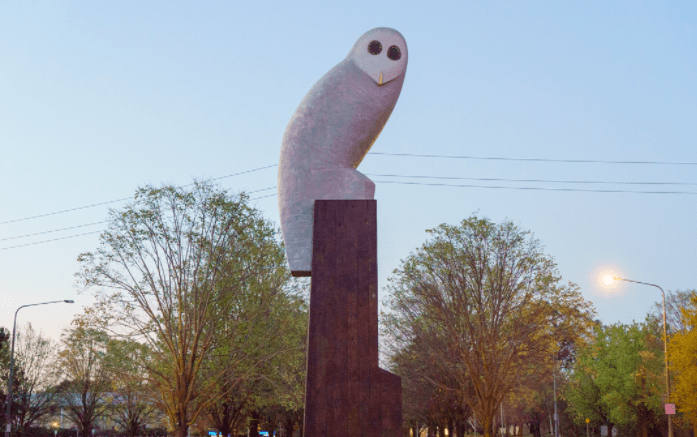Okay. Let’s take a moment to transport ourselves back to ancient Rome. Mad emperors, fierce warriors, brutal entertainments, and lascivious lifestyles. But of all these aspects of the luxe Roman lifestyle, the most evocative was indulgence in the flesh. Hence, if you Googled the term ‘Pompeii’, the first item that appears would be ‘Pompeii Brothels’, because let’s be real, sex will always be a prime fascination of humankind.
Roman erotic art seems to have been universal both in its placement and in its appeal. The location of erotic art is suggestive of its audience. For the purpose-built brothels of this Roman getaway, the fantasy of an adulterous liaison with a member of the elite social class was the topic du jour of interior design. Although much of the detail of these luscious frescos is now lost, the explicit scenes were once richly furnished, detailing elegant decor which contrasted with the austere furnishings of the brothels themselves. In contrast, the typical upper-class house contained works with mythological allusions to sex. These were, however, often created with an air of playfulness and decorum, compared to the displays in the brothel, which were rumoured to suggest the ‘specialty’ of the house.
According to this art history student, anything can be art, including the iconic owl sculpture that carefully surveys the traffic on Belconnen Way, pondering the racing vehicles with its ever-wandering eyes. As its creator, Bruce Armstrong, says, ‘The owl watches quietly over his domain like a guardian spirit or totem.’ Yes, yes, it’s a celebration of the city’s commitment to creativity, but the exposure of such a delicate standalone artwork was dangerous, nay, courageous move by its creator, as he abandoned it to the cruel judgment of the public.
This decision to trust in public respect for the arts didn’t end well, as someone in the modern-day city of Canberra decided to take matters into their own hands – armed with spray cans – transforming everyone’s thoughts about the sculpture into an artistic form: That of a crudely spray-painted depiction of male genitalia. (Queue: A giant sigh of relief that someone had the courage to show it like it is.)
The newly embellished sculpture now radiates with the raw testosterone and erotic energy generated by this new addition. The owl’s eyes of wisdom continue to look forward, towards the never-ceasing flow of commuters, its back towards the civilians living in its shadow. But we must also take a moment to give a silent funeral to the artwork, which, due to its unfortunate-looking silhouette, is doomed to an eternity of being a symbol of the human male productive organ. Being the good citizens we all are, we were taught not to judge others by their appearance, but hey, human nature can be a b*tch. Unfortunately for the owl, we just can’t help it.
Pornography is just one aspect of erotic art; the pornographic element of a piece is stronger or weaker, rather than simply being absent or present. Me? I see pornography everywhere. And what response should the image of a sexual organ trigger? It might function as an aphrodisiac, didactic paradigm, display of wealth and culture, humour, and above all sexual satire, but never as a simple decoration.
One must always read deep into symbolism and over-analyse the true meaning of an artistic work.
Perhaps the modern day simplified version of the spray painted male genitalia is the parallel of mythological representations of sex in the upper-class houses of ancient Rome, where it was regarded as a work of satire and shown in a setting of lighthearted playfulness. But could this be just another example of the suppressed urge to explicitly express our sexual urges today as freely as was done in Roman brothels? Perhaps the addition of the penis was the answer to the long-suppressed belief that the Guardian of Wisdom of Belconnen Way resembled a bit more than its supposed function. So, in paying our respects to the unsuspecting owl with its new creative addition on its torso, let us also stare fearlessly at the penis graffiti as we drive past. After all, recognition is the first step to understanding why we do the things we do. If it was good enough for the Romans, it’s good enough for us.
We acknowledge the Ngunnawal and Ngambri people, who are the Traditional Custodians of the land on which Woroni, Woroni Radio and Woroni TV are created, edited, published, printed and distributed. We pay our respects to Elders past and present. We acknowledge that the name Woroni was taken from the Wadi Wadi Nation without permission, and we are striving to do better for future reconciliation.
